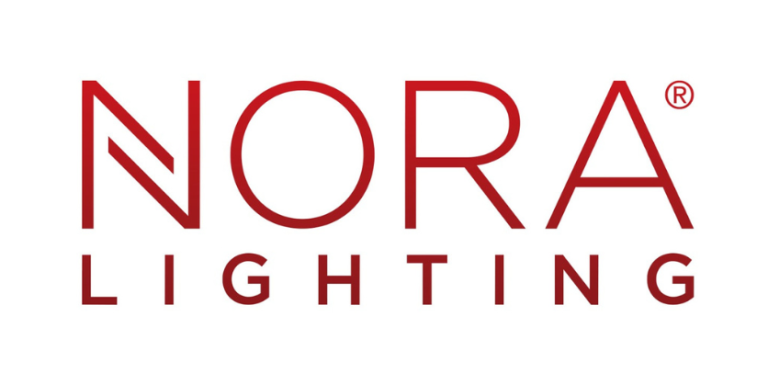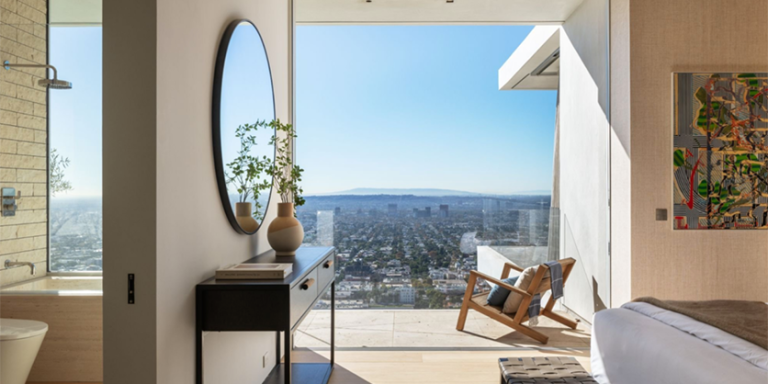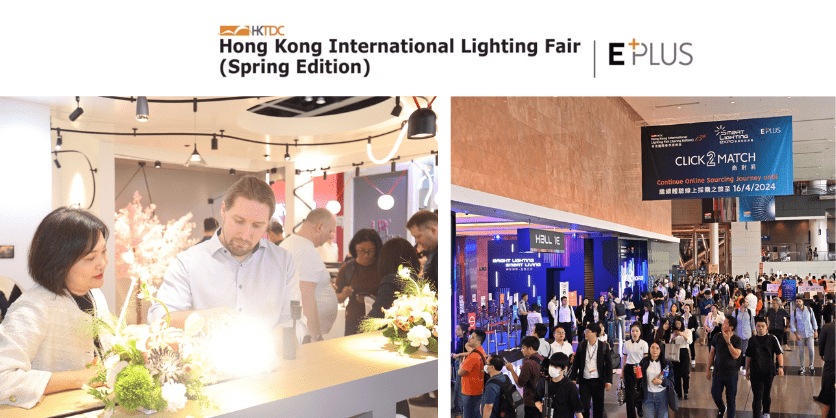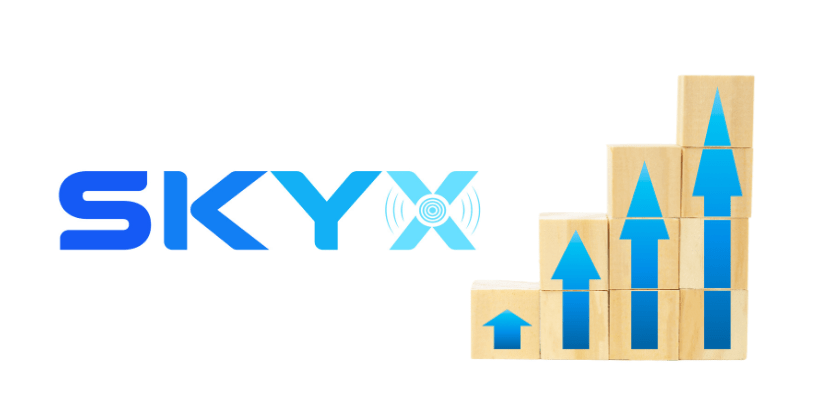Bright Days and Dark Nights for Parkinson’s Disease Patients
October 17, 2023

By Mariana G. Figeiro and David Pedler,
Light and Health Research Center at Mount Sinai
Nearly 1 million Americans are presently living with Parkinson’s disease, and at an estimated annual increase of 90,000 new cases that number is expected to reach 1.2 million by 2030.
For the better part of 20 years, we at the Light and Health Research Center (LHRC) have explored non-pharmacological tailored lighting interventions (TLIs) for promoting synchrony between the human circadian system and the solar day. Achieving this synchrony has been proven to alleviate the ill effects of circadian disruption among populations as diverse as Alzheimer’s disease patients, shift-working nurses, school children and US Navy submariners.
Our last article in designing lighting reported on the use of light tables to help Alzheimer’s disease patients sleep better. Here, we report on a pilot study designed to extend our research to people with Parkinson’s disease to determine whether a TLI would improve subjective and objective measures of nighttime sleep as measured by questionnaires and actigraphy. The secondary aim was to determine whether the TLI would improve measures of mood symptoms.
Our premise is simple math: brighter days + darker nights = better quality of life. Simply put, a robust light-dark pattern delivering bright days and dark nights will help synchronize the biological clock with the solar day and foster circadian entrainment that leads to better sleep. Better sleep, in turn, promotes well-being and improves mood.
Parkinson’s Disease is the second most common neurodegenerative disorder (behind Alzheimer’s disease) afflicting American adults, usually first appearing as a slowing of motor movement accompanied by tremor while resting and rigidity later in life.
These and numerous other non-motor symptoms (loss of smell, mood disorders, sleep problems, cognitive changes, etc.) profoundly impact quality of life for patients and their caregivers. There is growing evidence that the disruption of circadian rhythms — that is, bodily functions/processes that repeat every 24 hours (on average) — may also play an underlying role in Parkinson’s Disease patients’ disordered sleep perhaps even contributing to the development of the disease.
The lighting intervention
Following specifications proven in our previous studies, the TLI was carefully designed to provide a robust light–dark pattern to maximally stimulate the human circadian system based on the mathematical model of circadian stimulus (CS) developed by Rea and colleagues. Our research has shown that providing a criterion CS value of 0.3 improves sleep, mood and behavior in Alzheimer’s disease patients.
The LHRC research coordinators who installed the lamps in participants’ homes ensured that measured light levels 18 inches from participants eyes were no less than 400 lx, which was equivalent to the criterion CS of 0.3 using these particular lamps. This is also consistent with recommendations from the UL 24480 Design Guideline. Critically, the TLI distinguishes itself from other potentially low-compliance devices by offering participants a variety of simple, unobtrusive options for the light’s delivery — in this case permitting them to use otherwise conventional table and floor lamps rather than having to remain still in front of a light therapy box.
The light source in common with both TLI lamps was an A23 LED bulb emitting 3200 lumens of 3000 K warm white light (Green Creative, San Bruno, CA, US), mounted on a rigid stand and enclosed by a 16-inch globular rice paper shade (Figure 1). The lamps were programmed to turn on at times preferred by individual participants, but by no later than 9:00 a.m. They remained on for 2 hours thereafter every morning for a period of 4 weeks.

The study
Twenty participants with a mean age of 73.8 years (13 females) who had been living with Parkinson’s Disease for an average of 9.4 years were assessed for baseline sleep outcomes via wrist-worn rest–activity monitors over a period of one week. Their personal circadian light exposures (amount, spectrum, timing and duration) were measured using a Daysimeter. The same outcome measures taken at baseline were collected during the last week of the TLI, and statistical comparisons of the differences between the pre and post-intervention data were made using t-tests.
Compared to baseline, the participants’ average sleep start time advanced by 19 minutes (p = 0.18) after the 4-week exposure to the TLI (Figure 2). This is consistent with our previous research showing that robust morning light exposures promote earlier bed and sleep start times.
Though the difference between pre- and post-intervention was not statistically significant, the earlier sleep start time nonetheless appears to have contributed to a significant (p = 0.049) 20-minute increase in total sleep time, from 381.11 to 401.36 minutes. Overall sleep efficiency (time actually asleep ÷ time in bed × 100) in this Parkinson’s Disease cohort was 85% both pre- and post-intervention.
What it all means
This pilot study demonstrates the feasibility of conducting a home-based, short-term TLI to ease the symptoms of Parkinson’s Disease and potentially lead to improvements in quality of life. In this small group, several sleep measures improved despite participants already having an overall baseline of good sleep efficiency. Additional analyses are underway to determine the TLI’s effects on subjective sleep quality, daytime sleepiness, depression, anxiety and fatigue. Follow-up studies using longer intervention durations in a larger participant cohort are warranted to assess the TLI’s effects, particularly in participants with poor baseline sleep.
This study also demonstrates two important points. First, light does not have to come from ceiling fixtures, nor must the light source be a cool CCT (i.e., ≥ 4000 K) to be effective. We used floor and table lamps located in the participants’ sitting rooms to deliver ambient, warm color light that was brighter than that typically used in residential environments. Second, perhaps more importantly, the TLI’s diffuse light was deemed comfortable and was very well accepted by the participants, which is not always the case with commercially available light therapy devices that deliver 10,000 lx at the eyes.
That a good number of participants kept the lights and continue to use them in the morning is a testament to the lamps’ comfort and acceptability. Finally, this study supports the UL 24480 recommendation to deliver 400 lux at the eye for at least 2 h in the morning.9 Serving our participants a bowl of chili rather than just a hill of beans was easy and, as shown by our data, effective.

Acknowledgments
The authors would like to acknowledge funding from the National Institute of Neurological Disorders and Stroke (NINDS). The research for this pilot study was a supplement to an NINDS grant (5U01NS107016-05) awarded to Dr. Rachel Saunders Pullman, Icahn School of Medicine at Mount Sinai.
More information available here
Related Article
New Research Suggests Light Therapy Could Delay Heart Disease
While the theory has not yet been tested on humans, a University of Buffalo (UB) study published in the journal Lasers in Surgery and Medicine suggests light therapy might be utilized to slow down cardiovascular aging and significantly delay the onset of diseases such as heart disease, stroke, and high blood pressure.








